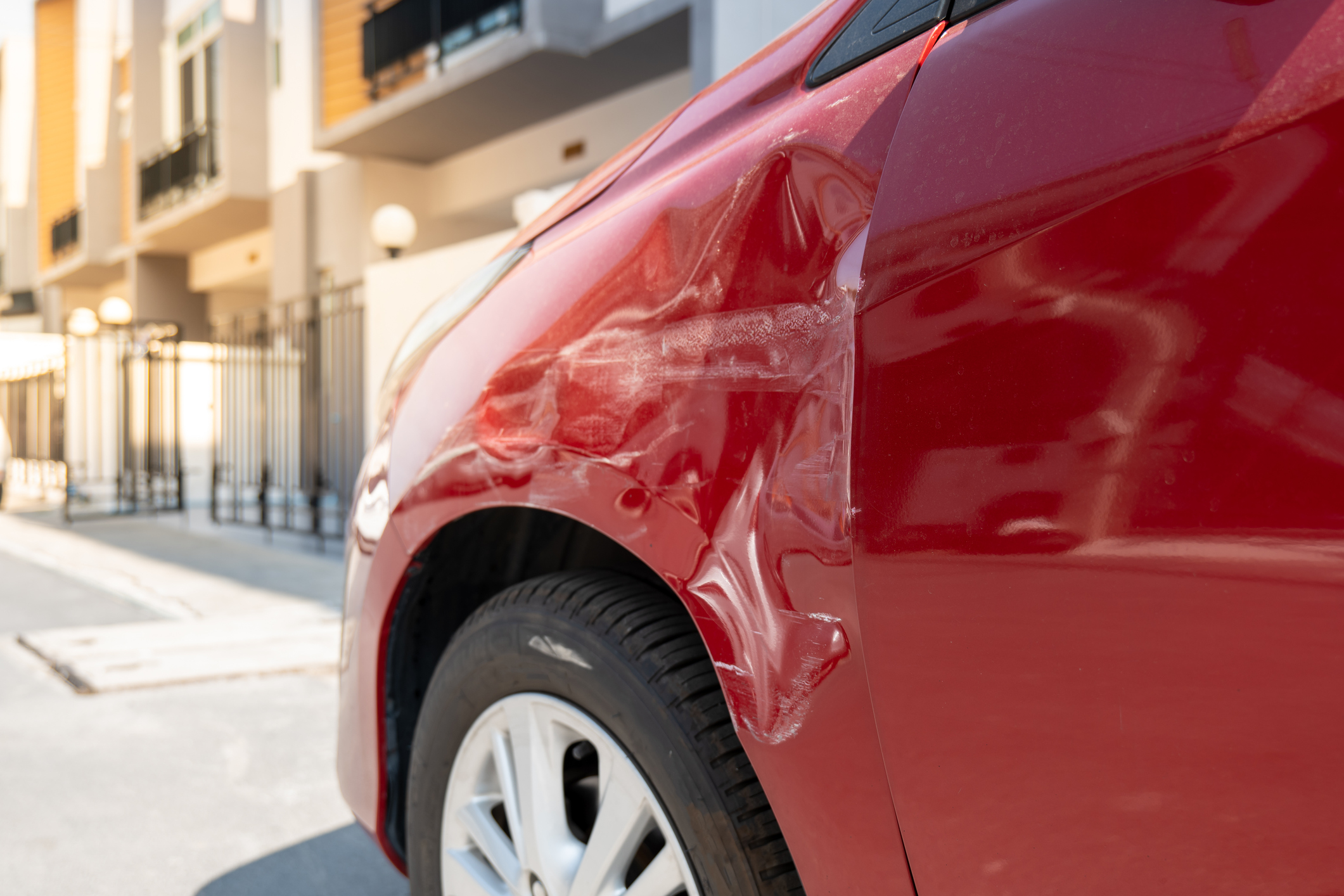Whether it is a minor fender bender or a major collision, the aftermath of a car accident is a scenario we all hope to avoid. Yet, when the unexpected happens, understanding the intricate process of filing a personal auto insurance claim becomes most important.
In this comprehensive guide, we will break down the anatomy of a personal auto insurance claim, offering insights into the chronological steps that unfold after the dust settles from an auto accident, so that you do not end up in a predicament like mine.
The story
Yes. You read that correctly—I have been unfortunate enough to experience an insurance claim. In my case, a hit-and-run fender bender left my car with minor, front-end damage. A year after making my first “adult” purchase, restoring my car to its original condition became my top priority. Like most people, I filed a claim with my insurance company.
Once the claim was in motion, the insurance carrier suggested that I take my car to a Guaranteed Repair Network shop. Its appeal lay in benefits like repairs performed by certified technicians and warranties on the repairs extending for as long as I owned the car. Enticing, right? Well, I was sold. So, off I went to the collision repair shop. While there, the technician scanned my car’s VIN, assessed the collision damage and handed me a repair quote.
Where the story gets juicy
This was in summer of 2021, a time when I lacked the knowledge that I now have about the insurance industry and the intricate details of a personal auto claim.
Picture me, a young adult facing a $500 deductible that at the time seemed like too much money to fork over. The car was still drivable, and the damage was minor—which I thought wouldn’t affect anything—so I ignored the situation. I did not think about any possible consequences.
To my surprise, at my next insurance renewal, the premium increased. Without the proper guidance—because I did not have a professional, independent insurance agent—not only did I file a personal auto claim unnecessarily, but I also neglected to cash the claim check and repair the car, which resulted in a premium hike. It all happened because I assumed filing a claim was necessary without fully understanding the details of my policy.
What should have happened
As we explore the sequential steps of a personal auto claim in this comprehensive guide, learn from my experience. Consult with your independent insurance agent to make informed decisions and avoid unnecessary issues. Here are the proper steps to take:
No. 1: File a police report. In case of injury, call or text 9-1-1 or have someone else do it. If you are seriously injured, avoid moving and wait for emergency responders. If you can move, check on your passengers. For non-emergency fender-benders, use the police department’s nonemergency phone number or ask bystanders to call or text 9-1-1.
No. 2: Document the scene of the accident. Immediately after an accident, capture crucial evidence by taking photos of the scene and vehicle damage. If you have a dash camera or cloud-based footage of the accident, maintain that documentation, which will serve as visual evidence, establish the sequence of events and determine which party is liable.
No. 3: Exchange contact information. After ensuring your safety and that of your occupants, and other parties involved (if possible), exchange contact and insurance information with the other involved parties, be sure to collect the: 1. full names and contact information; 2. insurance company and the policy number; 3. the driver’s license and license plate number; 4. color, make and model of the vehicle(s) involved; and 5. the location of the accident.
No. 4: Review your insurance coverage. Before you even file a claim, make sure that you understand your coverages, limits, exclusions and deductibles. Reviewing your policy before contacting your insurance carrier will save you time and avoid filing a claim for a loss that isn’t covered, or where the cost of the repairs is less than your deductible or could be an out-of-pocket expense. Your insurance agent can help you with the process!
No. 5: Contact your insurance company. After you’ve determined whether the damage to your car is covered, you need to file your claim with your insurance company. Work with your independent insurance agent throughout this process. Many insurance companies offer the flexibility to file claims easily from your smartphone, but working in consultation with your insurance agent during this step is imperative.
Before contacting your insurance company, make sure that you have all the information related to your claim readily accessible, including the date of loss, police report, photographs or videos of the damage, medical bills for injuries, and any other documentation germane to the claim.
No. 6: Prepare for insurance adjuster. Some insurance companies may send an insurance adjuster to inspect your car and see what damage was sustained during the accident. Other insurance companies may require you to obtain an estimate for repair costs. The repair shop will assess the damage and send the report to the insurance company.
No. 7: Receive the claim payment and repair the vehicle. When it comes to receiving the claim payment and paying for the vehicle repairs, it may be dependent on the practice of your insurance company. Some insurance companies pay for the repair shop directly, and other companies pay and allow you to handle the bill.
The lesson
My personal auto claim journey underscores the importance of navigating the personal auto insurance claim process with vigilance and informed decision-making. The aftermath of an accident is an event we all hope to avoid, but when faced with the unexpected, understanding the intricacies of filing a claim become paramount.
As we’ve explored the sequential steps in this guide, my experience serves as a cautionary tale. Ignorance led me to unnecessary consequences—filing a claim without understanding the consequences, neglecting repairs, and facing a subsequent increase in my insurance premium. It’s a lesson I hope you never have to learn firsthand.
To safeguard against undue risks, consult with your independent insurance agent and follow the steps outlined in this article diligently. By staying informed and proactive, you can navigate the personal auto insurance claim process with confidence and avoid unnecessary hardships.

Theophilus Alexander
Theophilus W. Alexander has served in both houses of the New York State Legislature. He worked as a legislative analyst for Hon. New York State Sen. Samra G. Brouk, D-55, and he served at the New York State Assembly, as a policy analyst with New York Assembly Program & Counsel. Theo received his Bachelor of Arts degree in Politics from Ithaca College in Ithaca, N.Y.





